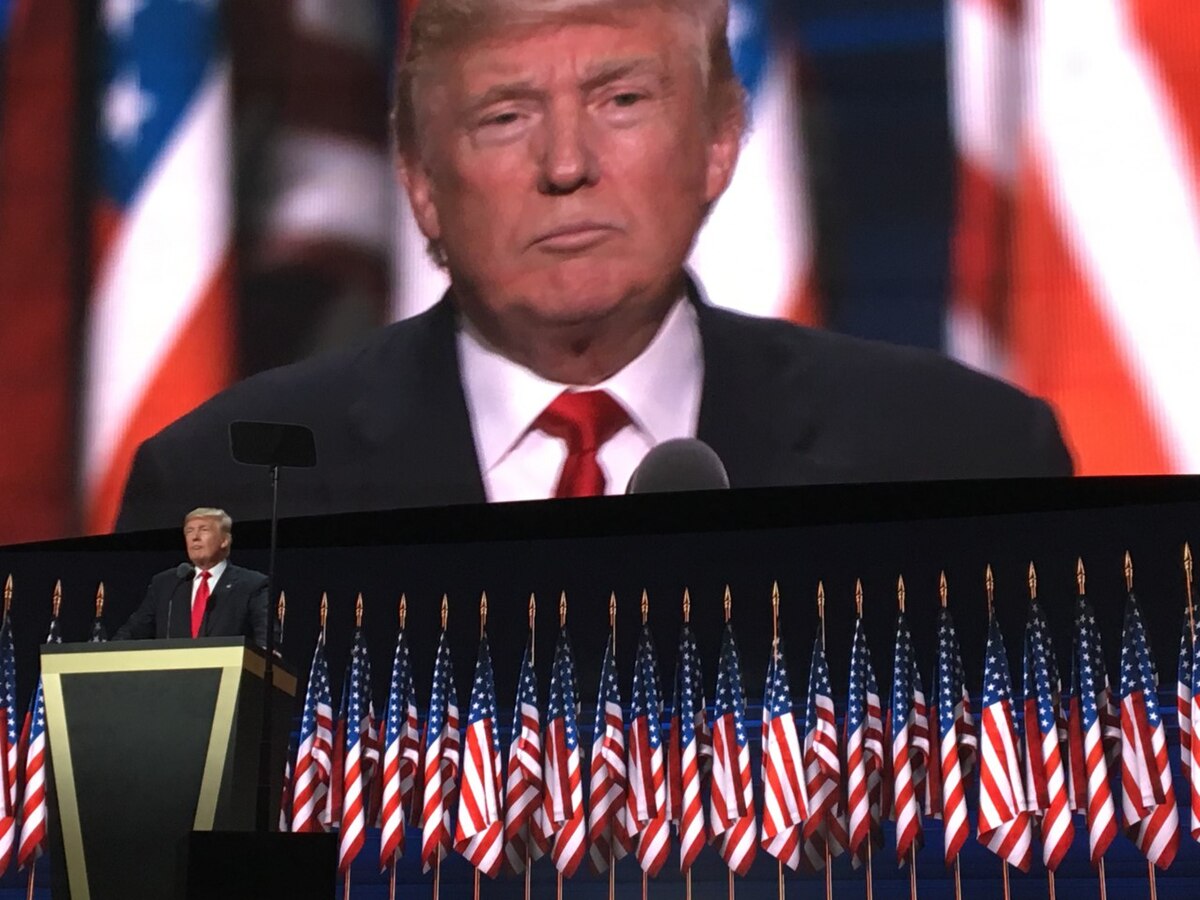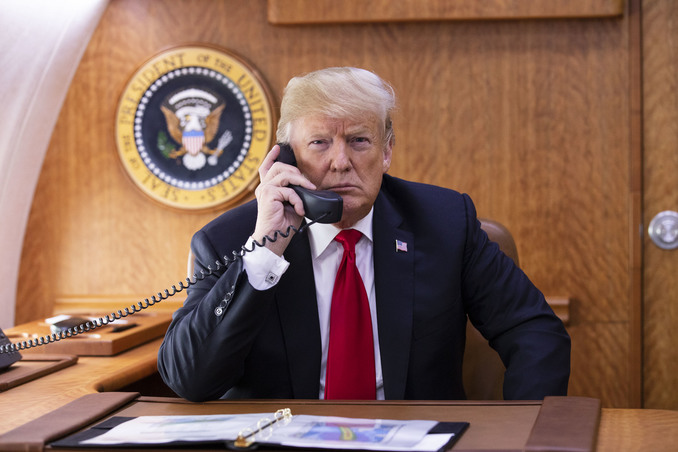- 14 3402-5578
- Rua Hygino Muzy Filho, 737, MARÍLIA - SP
- contato@latinoobservatory.org
 https://br.freepik.com/fotos-gratis/arranjo-de-assuntos-de-historia-com-soldados_16691199.htm#fromView=search&page=2&position=2&uuid=8569bd5e-83fd-4aae-9659-ba55c32422fb&query=toy+soldier
https://br.freepik.com/fotos-gratis/arranjo-de-assuntos-de-historia-com-soldados_16691199.htm#fromView=search&page=2&position=2&uuid=8569bd5e-83fd-4aae-9659-ba55c32422fb&query=toy+soldier
The Trump administration has been articulating an unprecedented and broad mobilization of the National Guard to act directly in immigration enforcement operations inside the United States, according to a Department of Homeland Security (DHS) memo revealed by the press. The proposal, which is awaiting Pentagon approval, involves deploying up to 20,000 troops in tasks such as nightly interdiction operations, transporting detainees and unaccompanied foreign children, controlling disturbances in detention centers and administrative support, including translation and interview assistance. This is an unprecedented measure in the country's recent history, which raises concerns about its legal foundations and its political and social implications.
The official justification for the requisition of these troops is anchored in the discourse of public security, with a focus on the detention and deportation of immigrants classified as criminals, including gang members and perpetrators of violent crimes. However, the plan raises several legal and institutional controversies, starting with the legality of the deployment of National Guard forces between states without the express consent of the governors, as well as the risks associated with the militarized use of the migratory apparatus in self-declared sanctuary cities. These cities, cited by DHS as priority targets of the operations, appear on a list released and later withdrawn by the government itself in the face of resistance from local leaders and entities such as the National Sheriffs' Association, which criticized the lack of dialogue and the potential violation of state competences.
The context of this plan is part of a framework of intensified actions by DHS and ICE, marked by pressure from the White House to speed up arrests and daily arrest goals that have already reached record numbers. To achieve these goals, the government began to mobilize agents from other federal agencies, expanding the apparatus dedicated to immigration repression and signaling an advance in the militarization of immigration policy. The proposal to involve the National Guard in this effort represents, therefore, another step in the process of integration between the spheres of public security and immigration, with potential impacts on the relationship between the federal government and the states, on the rights of immigrants and on social cohesion at a time of strong polarization in the country.
This movement reflects not only an operational
strategy, but a redirection of the role of the armed forces in domestic
territory and of the very logic of immigration law enforcement, which is now
guided by large-scale coercion mechanisms. The implications go beyond the
boundaries of the immigration debate, reaching the heart of the balance between
security and civil liberties, and challenging the traditional limits of
military action on American soil. This is a change with the potential to
profoundly reconfigure the dynamics between the federal government, states and
local communities regarding migration control and the protection of fundamental
rights.











